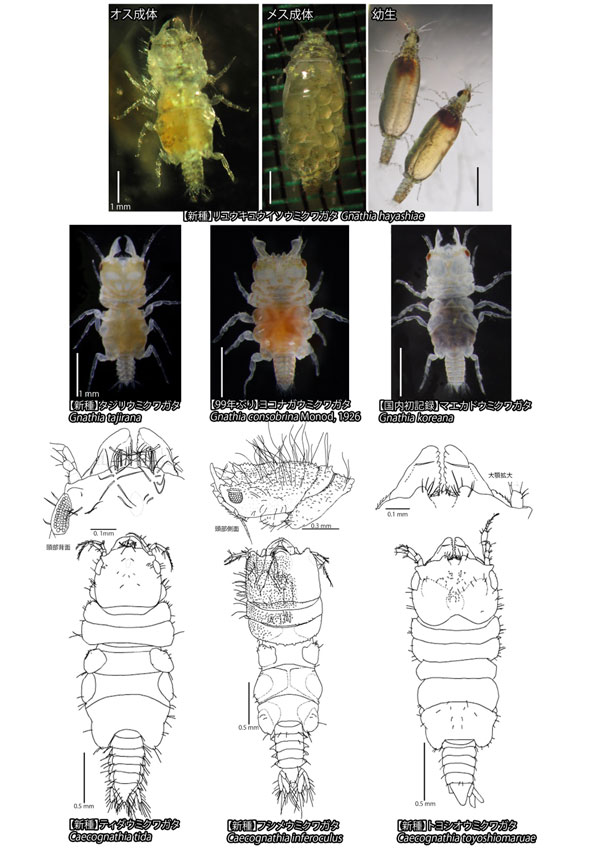2025-05-27 京都大学
<関連情報>
- https://www.kyoto-u.ac.jp/ja/research-news/2025-05-27-0
- https://www.kyoto-u.ac.jp/sites/default/files/2025-05/web_2505_Teramae-4ab28cec571a788633d16dd58eabb877.pdf
- https://www.pnas.org/doi/10.1073/pnas.2418218122
大脳皮質の臨界べき乗則はエネルギーと情報の最適なバランスをとる The cortical critical power law balances energy and information in an optimal fashion
Tsuyoshi Tatsukawa and Jun-nosuke Teramae
Proceedings of the National Academy of Sciences Published:May 23, 2025
DOI:https://doi.org/10.1073/pnas.2418218122

Significance
How neural populations in the brain represent sensory information is one of the central questions in neuroscience. To ensure robustness against noise, it is widely believed that the neural representation must avoid the so-called fractal state, where the population response becomes unsmooth and overly sensitive to input perturbations. However, by analyzing the Fisher information, we prove that population coding is far more robust than previously thought. Counterintuitively, due to its intrinsic high dimensionality, population representation does not degrade even in highly sensitive regimes. With this result, we show that the trade-off between energy consumption and coding efficiency results in the critical power law, a recently discovered remarkable feature of population responses, being the optimal population encoding of sensory information.
Abstract
A recent study has suggested that the stimulus responses of cortical neural populations follow a critical power law. More precisely, the power spectrum of the covariance matrix of neural responses follows a power law with an exponent indicating that the neural manifold lies on the edge of differentiability. This criticality is hypothesized to balance expressivity and robustness in neural encoding, as population responses on a nondifferential fractal manifold are thought to be overly sensitive to perturbations. However, contrary to this hypothesis, we prove that neural coding is far more robust than previously assumed. We develop a theoretical framework that provides an analytical expression for the Fisher information of population coding under the small noise assumption. Our results reveal that, due to its intrinsic high dimensionality, population coding maintains reliability even on a nondifferentiable fractal manifold, despite its sensitivity to perturbations. Furthermore, the theory reveals that the trade-off between energetic cost and information makes the critical power-law coding the optimal neural encoding of sensory information for a wide range of conditions. In this derivation, we highlight the essential role of a neural correlation, known as differential correlation, in power-law population coding. By uncovering the nontrivial nature of high-dimensional information coding, this work deepens our understanding of criticality and power laws in both biological and artificial neural computation.


